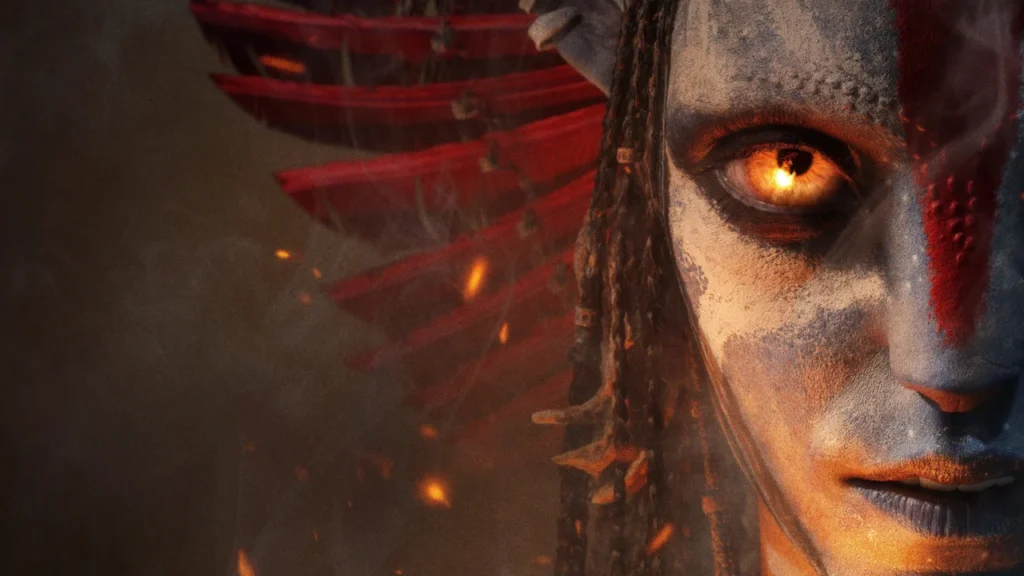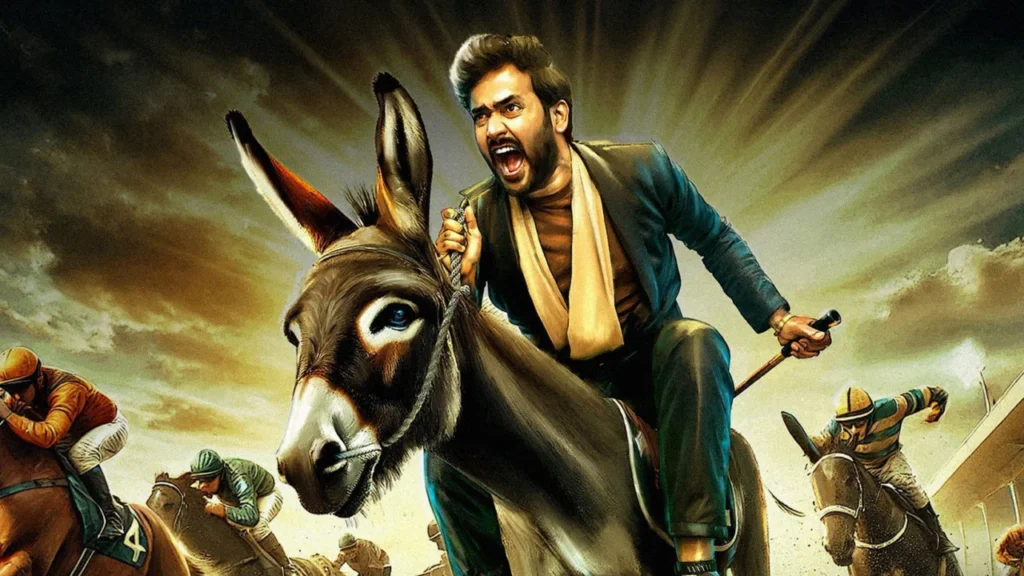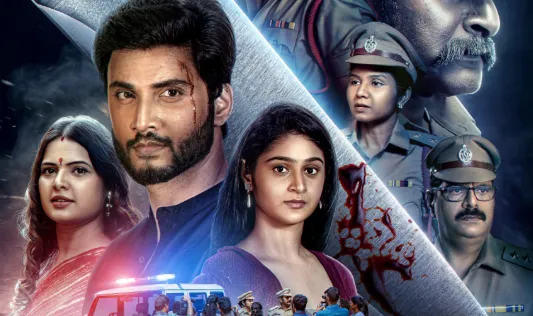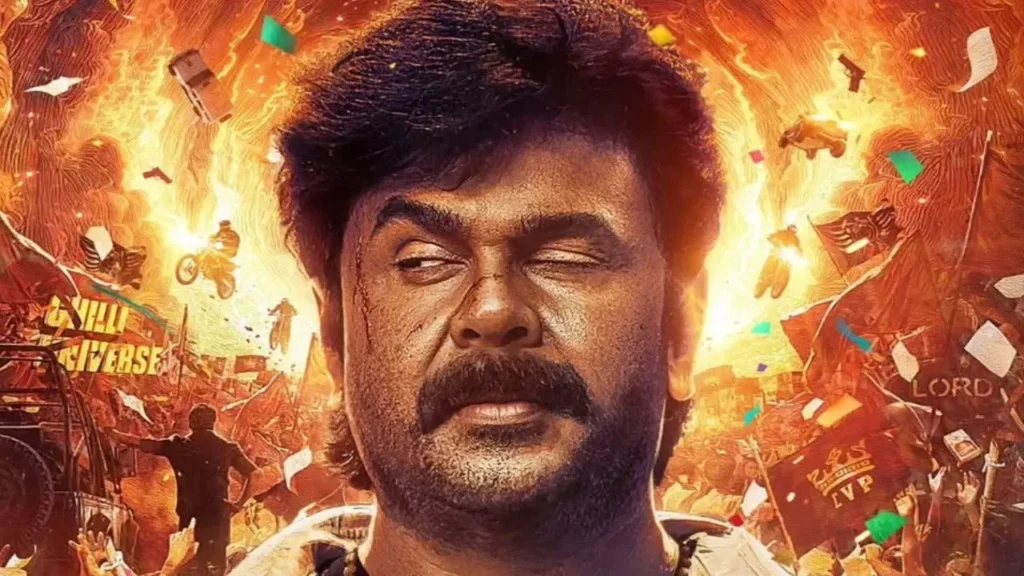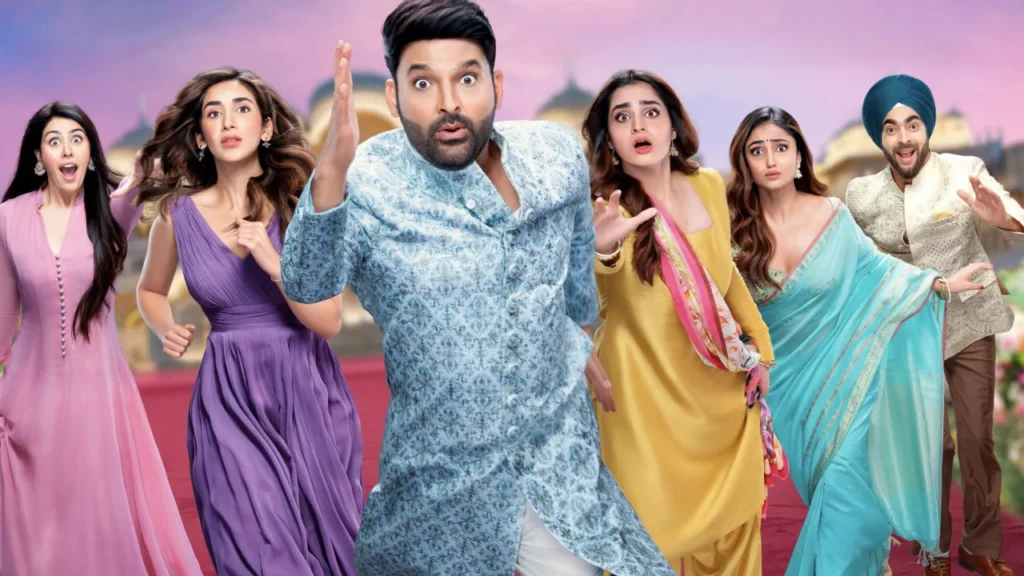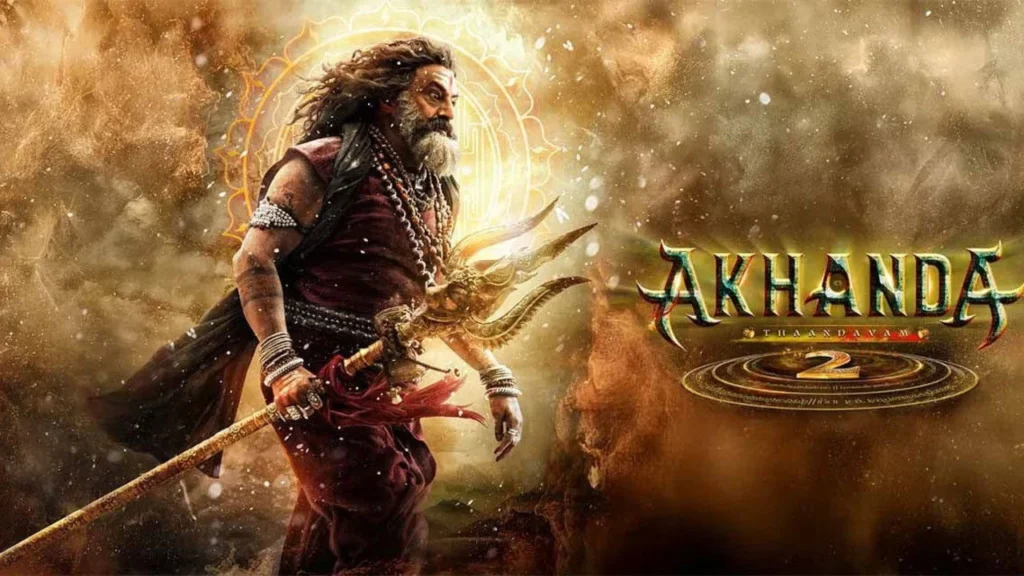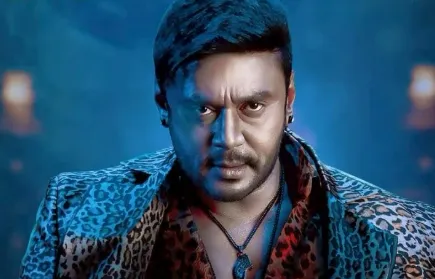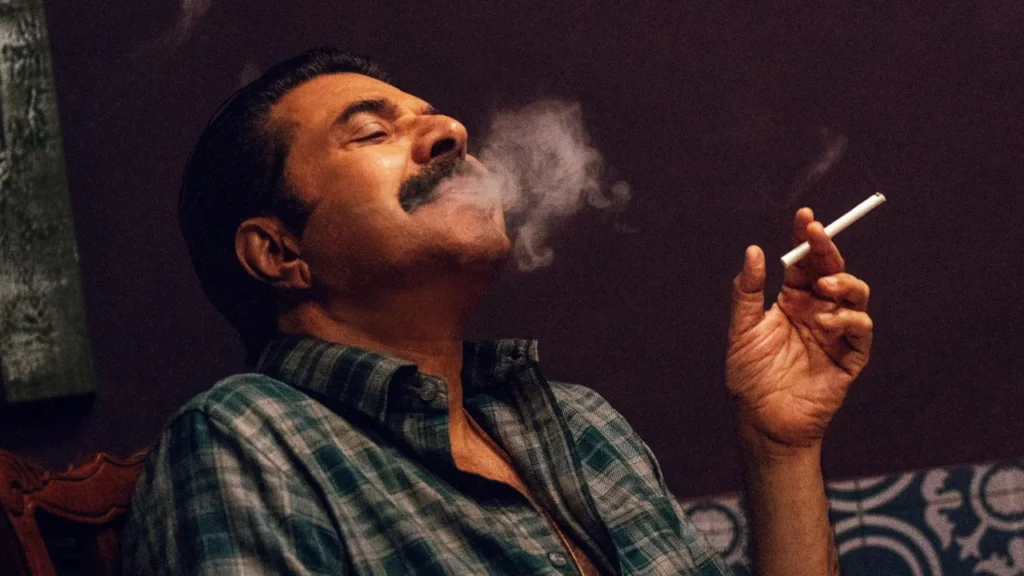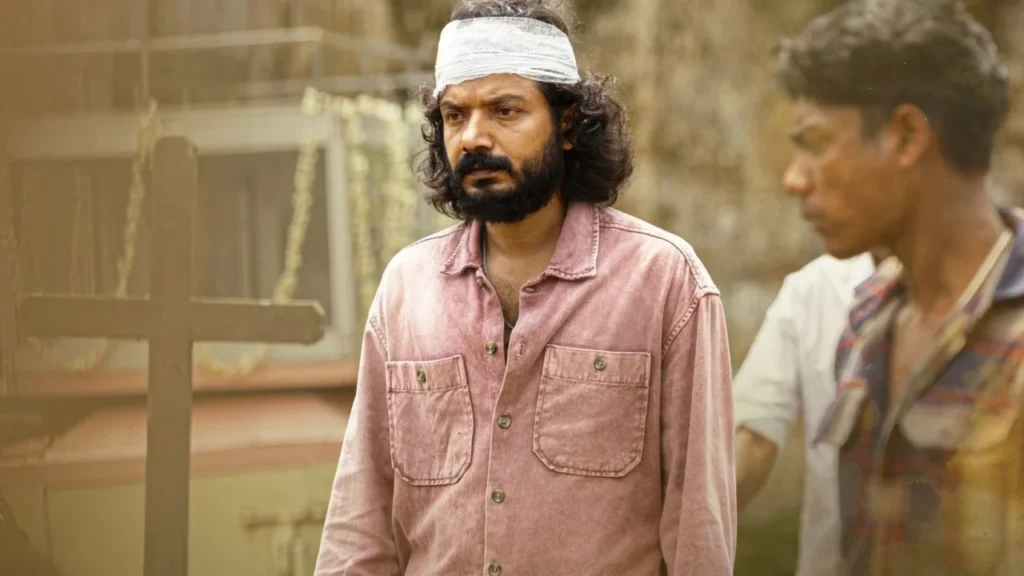Rabbit Trap (2025) REVIEW: Dev Patel’s Welsh Horror Divided Critics at Sundance
Rabbit Trap marks director Bryn Chainey’s bold debut, bringing us a psychological horror that feels refreshingly different. The film stars Dev Patel and Rosy McEwen as a married couple seeking creative inspiration in rural Wales. Supporting them is Jade Croot, who delivers what might be the year’s most unsettling performance.
This isn’t your typical horror movie. Set in 1973, it follows Daphne and Darcy Davenport as they trade London’s chaos for Welsh tranquility. They’re musicians working on their next album, but their quiet retreat quickly turns into something far more sinister. The film had its world premiere at Sundance 2025, where it split critics right down the middle.

The Story
Darcy (Dev Patel) and Daphne (Rosy McEwen) arrive at their rented cottage hoping to capture new sounds for their experimental music. The Welsh countryside seems perfect for their creative process. But when they accidentally record something otherworldly, their peaceful retreat becomes a nightmare.
The couple slowly loses touch with reality as they become obsessed with this mysterious audio phenomenon. What starts as artistic curiosity transforms into dangerous fixation. Their isolation deepens as strange occurrences begin plaguing their daily lives.
The plot deliberately avoids easy explanations. Chainey crafts a story that keeps viewers guessing throughout. Some will love this ambiguous approach, while others might find it maddeningly unclear.
The 1970s Welsh setting feels authentic and adds genuine atmosphere. The remote location becomes almost oppressive as the story progresses. This isolation serves the horror elements perfectly.

Performances That Stick
Dev Patel brings surprising vulnerability to Darcy’s character. He’s known for action roles lately, but here he shows impressive range. His portrayal of a musician losing his grip feels genuine and disturbing.
Rosy McEwen matches Patel’s intensity as Daphne. Her character draws inspiration from real electronic music pioneers like Delia Derbyshire. McEwen captures both the artistic passion and growing paranoia beautifully.
But Jade Croot steals every scene she’s in. Her mysterious character creates the film’s most unsettling moments. While Patel draws initial attention, Croot’s haunting presence lingers long after the credits roll.
The three actors work well together despite the strange circumstances. Their chemistry helps ground the supernatural elements in something recognizable. Even as reality bends, their relationships feel real.

Technical Brilliance
The film’s greatest strength lies in its sound design. Composer Lucrecia Dalt creates an audio landscape that becomes crucial to the story. This isn’t background music – it’s an integral part of the horror experience.
Watching this in theaters makes a huge difference. The surround sound experience immerses you completely in the couple’s world. Home viewing simply can’t replicate this auditory intensity.
Andreas Johannessen’s cinematography perfectly complements the audio work. The Welsh countryside looks both beautiful and threatening. Every frame serves the story’s increasingly dark mood.
Chainey’s direction prioritizes sensory experience over traditional narrative structure. This approach creates something genuinely unique in modern horror cinema. It’s definitely not for everyone, but it’s undeniably memorable.
Where It Struggles
The film’s experimental nature becomes its biggest weakness for some viewers. Those expecting conventional horror beats will likely feel frustrated. I found myself equally fascinated and annoyed throughout.
Pacing issues hurt the overall experience. Some sequences drag despite their visual appeal. The atmospheric approach sometimes overshadows story momentum completely.
The narrative’s deliberate vagueness may alienate mainstream audiences. While artistic ambiguity has its place, clearer character motivations would have helped. The film seems more interested in mood than meaning.
With only three main characters, the story feels somewhat limited. More straightforward plotting could have enhanced the psychological elements. Sometimes less really is just less, not more profound.
Critical Response
Professional critics remain divided on Rabbit Trap. Rotten Tomatoes shows 38% positive reviews from 42 critics. This low score reflects the film’s polarizing artistic choices rather than technical shortcomings.
Roger Ebert’s site praised the film’s “dread-inducing ambience” while noting narrative weaknesses. Critics consistently highlighted the exceptional sound design and strong performances. Most acknowledged the film’s technical achievements even when disliking the overall approach.
IMDb audiences gave it 5.6/10, suggesting similar division among regular viewers. Those appreciating experimental horror responded much more favorably. Traditional horror fans seemed less impressed with the unconventional storytelling.
The Sundance audience appeared more receptive than general critics. Film festival crowds typically embrace challenging material more readily. This suggests the movie works better for specialized audiences.
Audience Reactions
Theater viewers consistently praised the immersive audio experience. Many noted that the film relies heavily on sound rather than visual scares. The emotional impact seems strongest when experienced with proper equipment.
Some audience members described it as deliberately “artsy” filmmaking. Those open to experimental approaches found more to appreciate. Viewers seeking traditional horror thrills left disappointed.
Jade Croot’s performance received widespread audience praise. Her scenes generated the strongest reactions from viewers. Many called her work the film’s most memorable element.
The Welsh setting impressed audiences who appreciated authentic locations. The countryside’s isolation translated effectively to viewers. This environmental storytelling worked better than some narrative elements.
Final Thoughts
Rabbit Trap succeeds as ambitious artistic horror despite its flaws. Chainey creates something genuinely unique in contemporary cinema. While the execution isn’t perfect, the vision remains compelling throughout.
The film works best for viewers who appreciate experimental storytelling. Those seeking conventional scares should look elsewhere. But for adventurous horror fans, this offers something genuinely different.
Dev Patel and Rosy McEwen anchor the story effectively despite its strange turns. Jade Croot provides the mysterious elements that drive the horror forward. Together, they create something memorable if not entirely satisfying.
I’d recommend experiencing this in theaters if possible. The audio design truly shines with proper sound equipment. This is definitely a movie that benefits from the full cinematic experience.
Rating: 3.5/5

